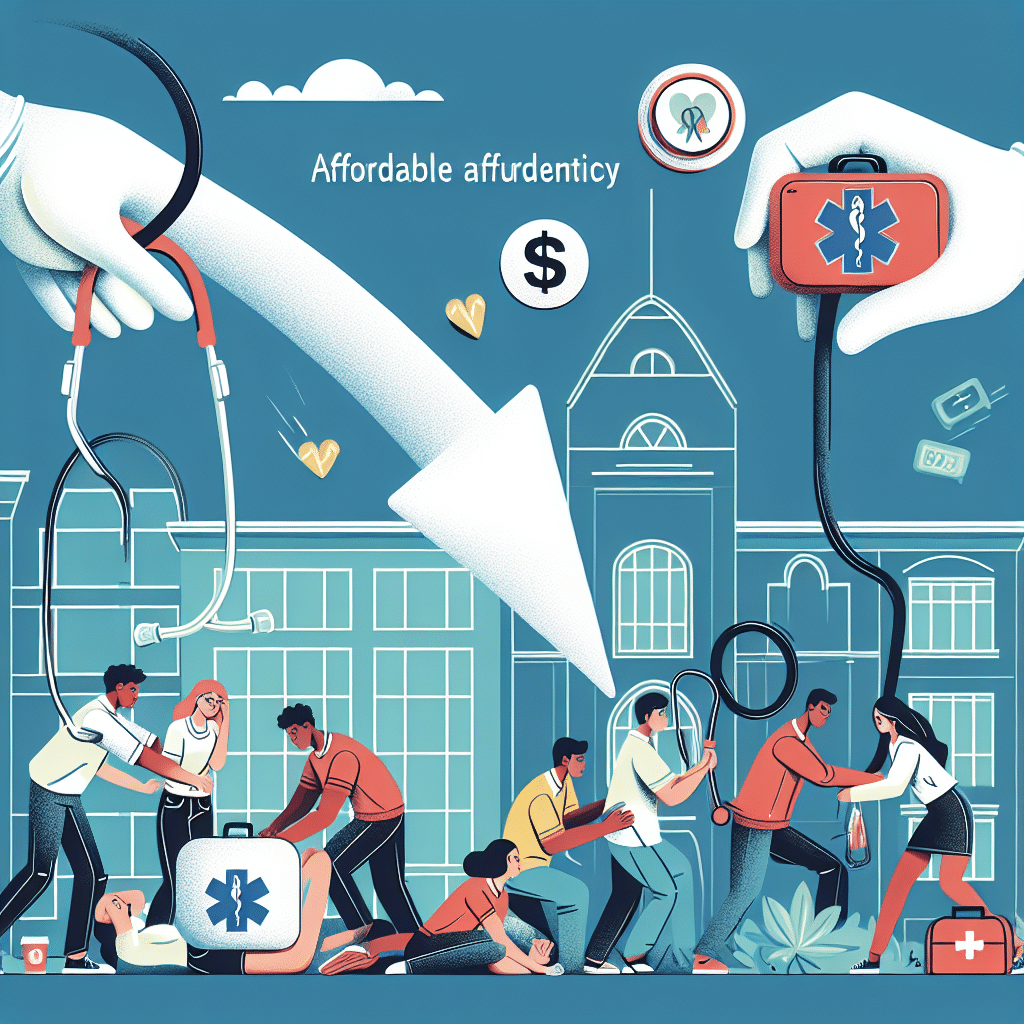Understanding Affordable Emergency Medical Coverage for Students
Navigating healthcare can be daunting for students, especially with tight budgets and limited resources. Emergency medical coverage provides crucial financial protection against unforeseen health issues. Here, we explore affordable options tailored to students, focusing on importance, types of plans, factors to consider, and tips for selecting the right coverage.
Why Emergency Medical Coverage is Essential for Students
Health emergencies can happen when least expected, making emergency medical coverage vital. Many college students are away from home for the first time, often in unfamiliar environments, which can increase vulnerability. Without adequate coverage, a sudden illness or accident could lead to overwhelming medical bills.
Types of Affordable Emergency Medical Coverage
-
School-Sponsored Health Insurance Plans
Many universities offer health insurance plans specifically for their students. These plans are typically designed for young adults and can offer comprehensive coverage, including emergency services, at competitive rates. Students should check if enrollment is required or if they are eligible to waive the insurance if they have alternative coverage.
-
Short-Term Health Insurance
Short-term health insurance is a flexible option for students who need temporary coverage. These plans are ideal for those who may not require long-term insurance but want protection during the school year. Features often include:
- Coverage for essential services, including emergency visits and hospital stays.
- Lower premiums compared to traditional plans.
- Fast enrollment and coverage initiation.
-
Catastrophic Health Insurance
Catastrophic plans are tailored for young, healthy individuals, offering lower premiums with a high deductible. This type of insurance is particularly beneficial for students who want to protect themselves against high costs associated with serious medical emergencies. Coverage generally includes:
- Essential health benefits after the deductible is met.
- Preventative services at no additional cost.
- Protection against hefty medical bills in dire situations.
-
Medicaid and CHIP
If eligible, students may qualify for Medicaid or the Children’s Health Insurance Program (CHIP). These government programs offer low-cost or free coverage for low-income individuals and families. States often have different eligibility requirements, so students should check local options to see if they qualify.
Factors to Consider When Choosing Coverage
-
Healthcare Network
Evaluate the network of healthcare providers. Ensure that the insurance plan includes local hospitals, clinics, and specialists. This is crucial for timely access to emergency care during critical moments.
-
Premiums vs. Deductibles
Compare premiums (monthly payments) to deductibles (the amount paid out-of-pocket before coverage kicks in). A plan with a lower premium might seem appealing, but consider the overall potential costs, especially in emergencies.
-
Coverage Limits
Review the coverage limits for emergency services. Some plans may cap how much they will pay for specific services. Look for plans with higher limits to avoid unexpected out-of-pocket expenses.
-
Prescription Drug Coverage
Students frequently need prescriptions, particularly if they manage chronic conditions. Check if the health plan covers essential medications and if limits exist on specific drugs.
-
Preventive Care Benefits
Look for policies that include coverage for preventive services, such as vaccinations and annual check-ups, without additional charges. Early detection can prevent higher costs associated with untreated health issues.
-
International Coverage
For students studying abroad, it’s critical to understand if the plan provides international coverage. A robust policy should include provisions for emergencies outside the home country.
Tips for Finding Affordable Emergency Medical Coverage
-
Shop Around
Don’t settle for the first option. Use comparison websites to evaluate multiple plans. Look beyond premiums; ensure value regarding coverage and out-of-pocket costs.
-
University Resources
Utilize campus resources like financial aid offices or student health centers. They can provide recommendations and guide you through insurance options.
-
Ask About Discounts
Some insurers offer discounts for students or those who pay premiums annually instead of monthly. Always inquire about potential savings.
-
Utilize a Broker
Insurance brokers can help navigate the complexities of health insurance. They can identify options that align with student needs and budget.
-
Review and Update Regularly
student’s situations change, and so might their coverage needs. Regularly review insurance plans during enrollment periods to ensure they still provide adequate protection.
-
Consider Group Insurance Options
Explore whether student organizations or associations may offer group insurance plans. Group rates often provide broader coverage at reduced prices.
The Importance of Understanding Policy Fine Print
Every health insurance policy comes with fine print detailing coverage, exclusions, and service limits. Students must read through this documentation to avoid surprises later on. Understanding the terms will empower you to use your insurance wisely during emergencies.
Additional Resources
Utilize online resources such as the Health Insurance Marketplace and community health clinics. They can provide further assistance in understanding options and applying for coverage. Additionally, many states have resources specifically designed for college students.
Your Health Matters
Investing in affordable emergency medical coverage as a student pays dividends in your peace of mind and financial well-being. With proper coverage, students can focus on their academic pursuits and personal growth, knowing they have the protection necessary to handle unexpected health challenges.
